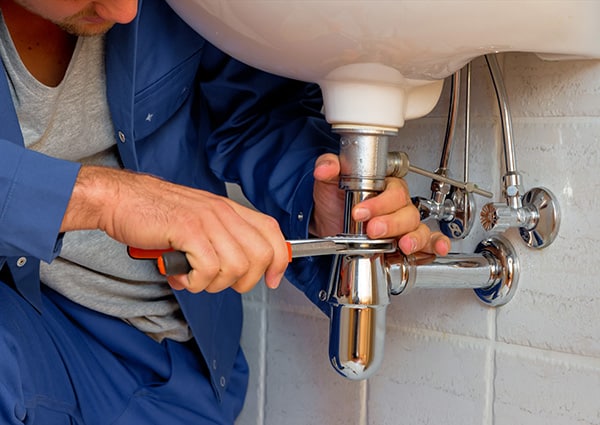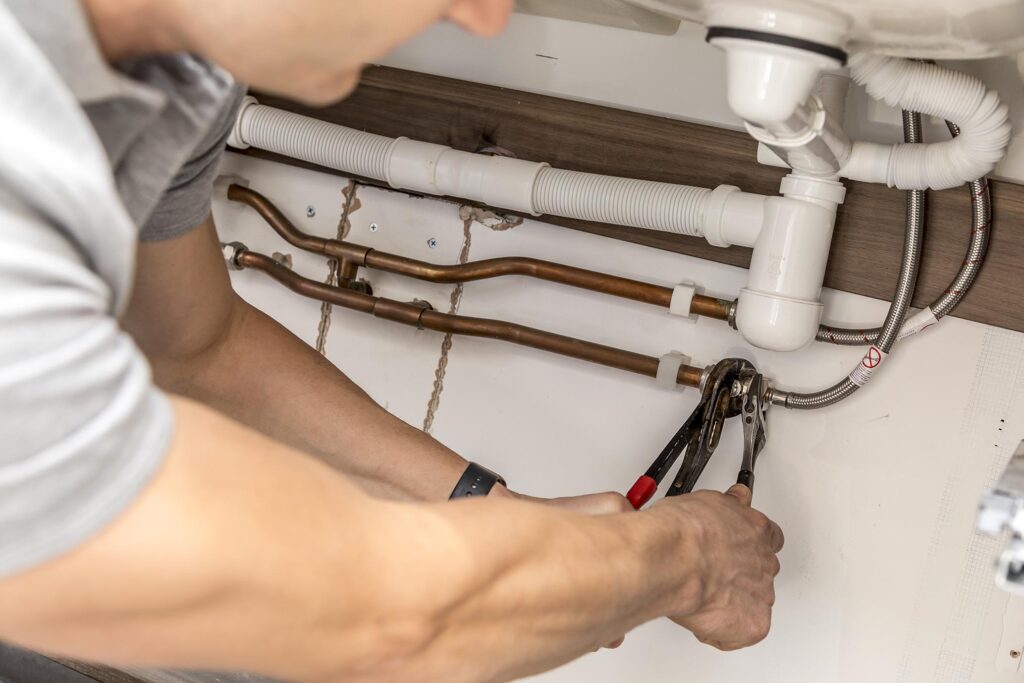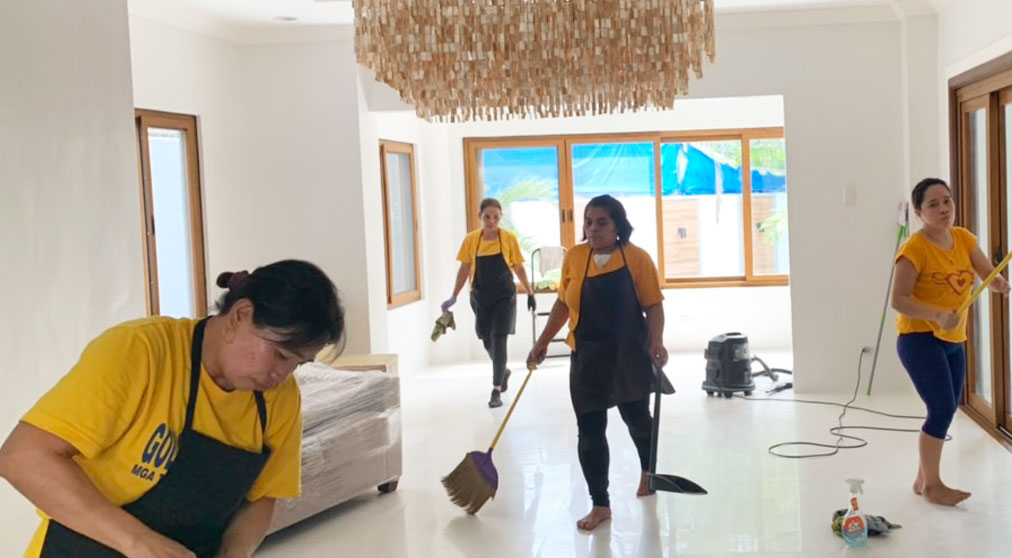Building a new house is an exciting journey, but it requires meticulous planning, especially when it comes to plumbing. Knowing how to plan plumbing for a new house is crucial to ensure your home’s water system functions efficiently and effectively. Whether you’re a homeowner looking to create your dream space or a real estate developer aiming to deliver top-notch projects, understanding the essentials of plumbing planning is vital.
In this article, we’ll guide you through the process, covering everything from initial considerations to the final touches. Let’s dive into the world of pipes, water flow, and fixtures to make sure your new house is equipped with a reliable plumbing system.

Understanding the Basics of Plumbing
The plumbing system in a house is like its circulatory system, carrying water to and from various parts of the home. It involves a network of pipes, valves, fixtures, and drains. Proper planning ensures that this system works seamlessly.
Components of a Plumbing System
A typical plumbing system consists of:
- Water Supply System: This brings water into the house from a municipal or private source.
- Drainage System: It removes wastewater from the house to the sewer or septic system.
- Vent System: This allows air to enter the pipes to ensure proper drainage.
- Fixtures: Sinks, toilets, showers, and bathtubs are part of this category.
Planning Your Plumbing Layout
When planning your plumbing layout, consider the following steps:
1. Determine the Location of Plumbing Fixtures
Decide where sinks, toilets, showers, and appliances like dishwashers and washing machines will be located. Grouping them together can save on plumbing costs.
2. Consider the Water Supply Line
Ensure that the water supply line is easily accessible and strategically placed to serve all fixtures efficiently.
3. Plan the Drainage System
Design the drainage system to allow for a smooth flow of wastewater. Proper slope and venting are crucial to prevent clogs and slow drainage.
Choosing the Right Materials
Selecting the right materials for your plumbing system is key to its longevity and performance. Here are some commonly used materials:
Copper Pipes
Copper pipes are durable and resistant to corrosion, making them a popular choice for water supply lines.
PEX Pipes
PEX pipes are flexible, easy to install, and resistant to freezing, making them ideal for both water supply and heating systems.
PVC Pipes
PVC pipes are often used for drainage systems due to their affordability and ease of installation.
Working with a Professional Plumber
Hiring a professional plumber is essential to ensure your plumbing system is installed correctly. They can provide valuable insights and recommendations during the planning phase.
Benefits of Hiring a Professional
- Expertise in code requirements and regulations.
- Experience in designing efficient plumbing systems.
- Ability to troubleshoot potential issues before they arise.
Incorporating Energy-Efficient Fixtures
Consider incorporating energy-efficient fixtures and appliances in your new house. These not only save water but also reduce utility bills.
Low-Flow Toilets and Faucets
These fixtures use less water without compromising performance, helping you conserve water.
Energy Star Appliances
Look for appliances with the Energy Star label, which indicates energy efficiency and environmental friendliness.
Complying with Local Building Codes
Ensure that your plumbing plans comply with local building codes and regulations. This is crucial to avoid fines and ensure safety.
Obtaining Necessary Permits
Before starting any plumbing work, obtain the necessary permits from your local building authority.
Testing the Plumbing System
After installation, test the plumbing system to ensure it functions correctly. Look for leaks, check water pressure, and ensure proper drainage.
Pressure Testing
Conduct a pressure test to ensure there are no leaks in the water supply lines.
Drainage Test
Test the drainage system by running water through all fixtures and ensuring it flows smoothly.
Maintaining Your Plumbing System
Regular maintenance is key to keeping your plumbing system in good working condition. Schedule routine inspections and address any issues promptly.
Preventive Maintenance Tips
- Check for leaks and repair them immediately.
- Clean drains regularly to prevent clogs.
- Inspect water heaters for signs of wear and tear.
Conclusion
Planning the plumbing for your new house is a crucial step in the construction process. By following the guidelines and tips outlined in this article, you can ensure a reliable and efficient plumbing system that meets your needs. Remember to work with professionals, choose the right materials, and comply with local codes for the best results.
For more information on plumbing installation and tips, visit Christianson Company.

FAQs
1. What is the first step in planning plumbing for a new house?
The first step is to determine the location of plumbing fixtures and design the layout accordingly.
2. Why is it important to hire a professional plumber?
A professional plumber ensures the plumbing system is installed correctly and complies with local codes.
3. How can I make my plumbing system more energy-efficient?
Incorporate low-flow fixtures and Energy Star appliances to save water and reduce utility bills.
This article contains affiliate links. We may earn a commission at no extra cost to you.




